The post office is an entity entrusted to receive, sending, handling or delivering mail. It is the establishment where the letters settle for his sending and the received ones are gathered. In addition it offers services as air paragraphs, postage and handling and supplies of packaging also it is necessary to remember the services of forms, drafts of money, change of coins and bank services between others. Inside the office the post office are processed for his delivery. The office management of post office is Calleja del Campo, 5, his postal code is 14540 and it is not necessary to forget that it is in La Rambla, Cordoba.
The post office of La Rambla was inaugurated in the year 1978 and was started using in the current site at the end of the 70s, previously it was many years located in the Calle Empedrada in Don Tomas Prieto del Rosal’s house that was a chief of this post office and when step was retired to the current site in the Calleja del Campo. The first chief of this post office was Jose Alonso Ramos who was of Montanches of the province of Caceres
Phone number:957 68 40 98
Business hour
| Sunday | Closed |
| Monday | 8:30–14:30 |
| Tuesday | 8:30–14:30 |
| Wednesday | 8:30–14:30 |
| Thursday | 8:30–14:30 |
| Friday | 8:30–14:30 |
| Saturday | 9:30–13:00 |
- Exterior of the post office
- Interior of the post office

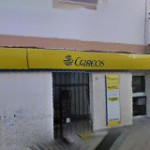
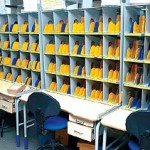
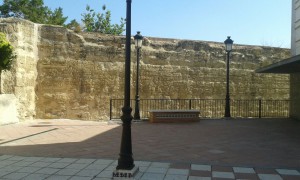
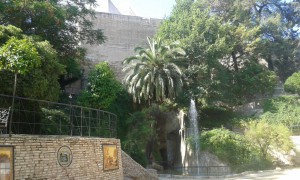
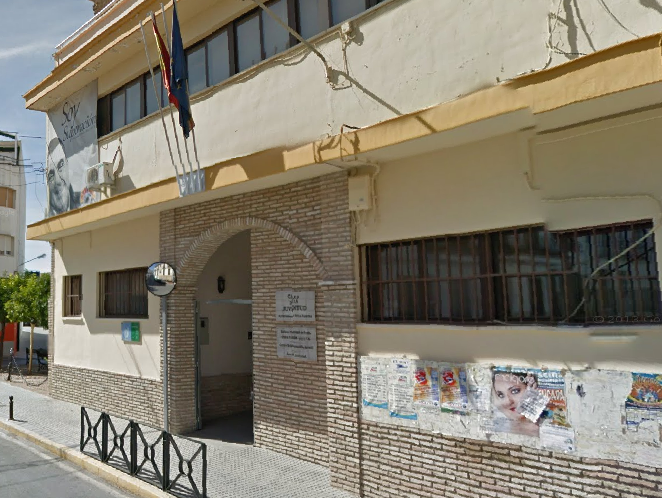
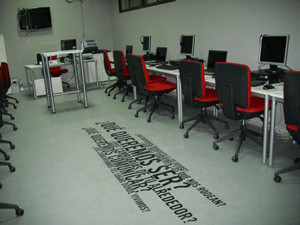
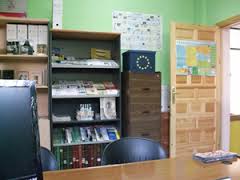

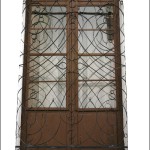
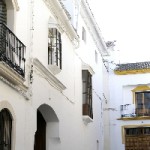




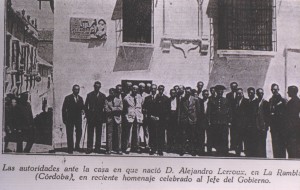 He had different jobs until he started working as an editor in “El País”, where he became director in 1893. In the nineties, he began to realte with politicians of the moments like Ruiz Zorrilla. At the beginning of the 20th century, he began his interest in the republicanism; next, he joined in the party of “La Unión Republicana” where he bacame member of parliament in 1901, 1903 and 1905. After the dissolution of this party, he founded the “Partido Republicano Radical” in 1908.
He had different jobs until he started working as an editor in “El País”, where he became director in 1893. In the nineties, he began to realte with politicians of the moments like Ruiz Zorrilla. At the beginning of the 20th century, he began his interest in the republicanism; next, he joined in the party of “La Unión Republicana” where he bacame member of parliament in 1901, 1903 and 1905. After the dissolution of this party, he founded the “Partido Republicano Radical” in 1908.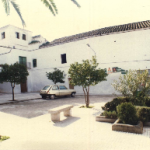
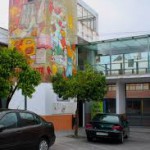



 English
English Français
Français Español
Español